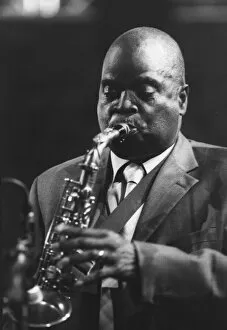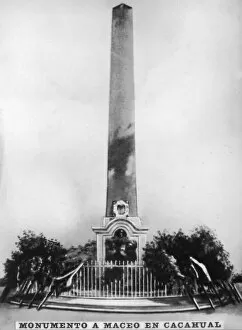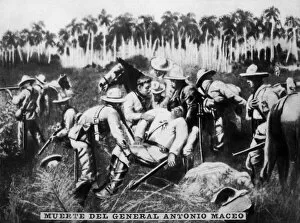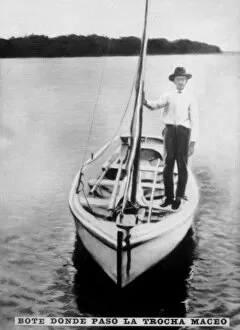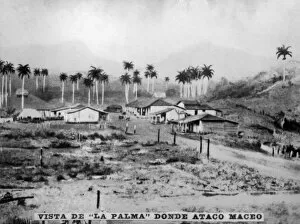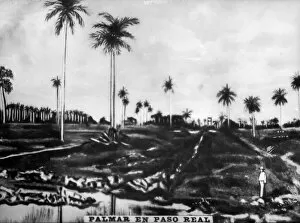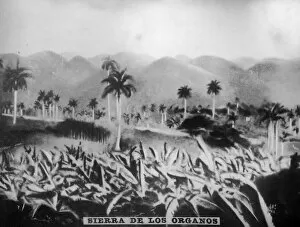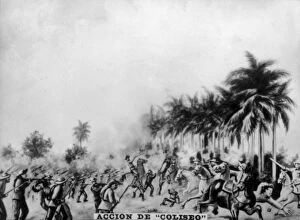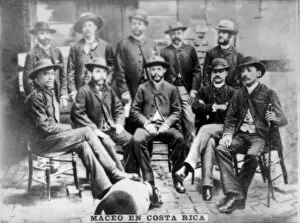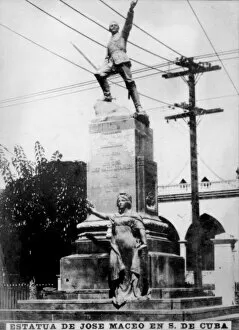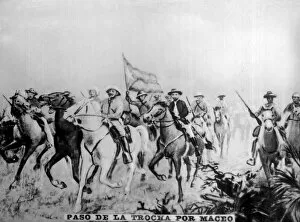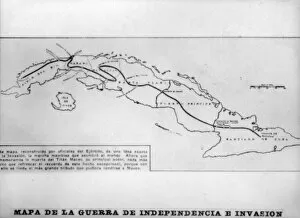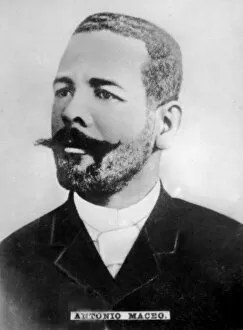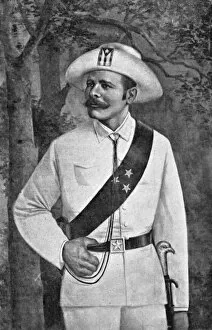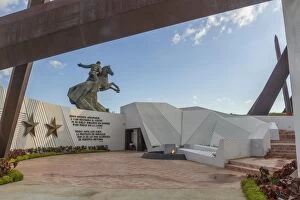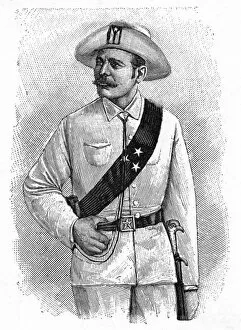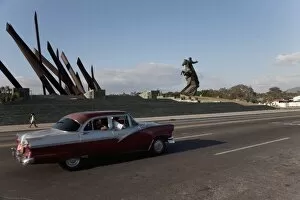Maceo Collection
"Maceo: A Legacy of Courage and Resilience" Maceo Parker, a renowned musician and saxophonist, captivated audiences with his soulful melodies in the year 2000
For sale as Licensed Images
Choose your image, Select your licence and Download the media
"Maceo: A Legacy of Courage and Resilience" Maceo Parker, a renowned musician and saxophonist, captivated audiences with his soulful melodies in the year 2000. Created by Brian Foskett, Maceo's music transcended boundaries and touched the hearts of millions. In the early 1920s, a monument was erected to honor Antonio Maceo, a Cuban general who played a pivotal role in shaping history. This powerful tribute stood as a testament to Maceo's indomitable spirit and unwavering dedication to his country. Tragically, the world mourned the death of General Antonio Maceo in 1896. The 1920s captured this somber moment through poignant imagery that depicted the loss felt by an entire nation. The Postal Boat and the Trocha became symbols of resilience during Cuba's tumultuous times in the late 1890s. In the 1920s, these images served as reminders of both struggle and triumph - testaments to Cuba's enduring spirit. Antonio Maceo's birthplace from 1845-1896 held historical significance that resonated throughout generations. In the vibrant atmosphere of the 1920s, this place became an emblematic landmark representing perseverance against all odds. Surgidero offered breathtaking views that encapsulated both beauty and turmoil during its capture in 1896. The mesmerizing landscapes showcased in photographs from this era transported viewers back to an intense chapter in Cuban history. Palma also revealed its captivating allure through snapshots taken amidst turbulent times in 1896. These images allowed spectators to witness Palma's enchanting charm while acknowledging its connection to significant events unfolding around it. The Accion of Paso Real marked a turning point for Antonio Maceo during his military campaign against Spanish rule. Immortalized through photography from c1920s, it symbolized the courage and strategic brilliance that defined Maceo's legacy.

